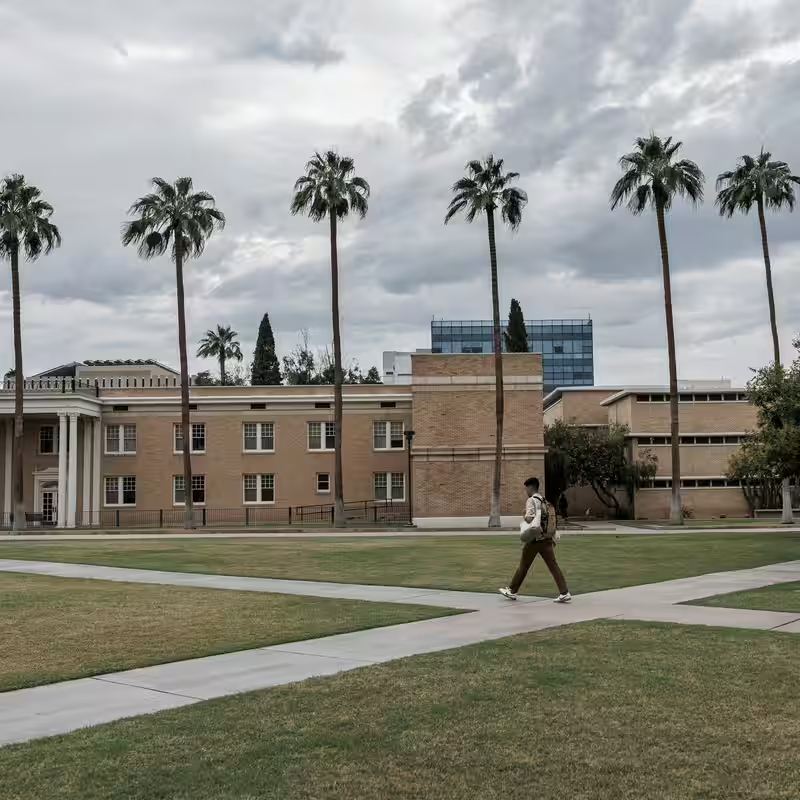Table of Contents
- Crackdown on Campuses Sparks Backlash
- What Is the White House ‘Compact’?
- Elite Schools Push Back
- Scramble for New Allies
- Broader Implications for Higher Ed Policy
- Sources
Crackdown on Campuses Sparks Backlash
In a bold but increasingly controversial move, the Trump administration’s aggressive tactics toward elite universities are now backfiring—complicating its broader agenda to reshape American higher education. President Trump has repeatedly labeled top-tier institutions as hotbeds of “Marxist maniacs and lunatics,” accusing them of fostering anti-American sentiment on campus.
His administration has gone so far as to withhold billions in federal research funding in an attempt to force compliance with its political priorities. But rather than bending to pressure, many of the nation’s most prestigious universities are digging in their heels.
What Is the White House ‘Compact’?
At the heart of the controversy is a proposed White House compact—a quid pro quo agreement that would tie universities’ access to federal research dollars to their acceptance of several administration-backed policies, including:
- A strict, binary definition of gender
- Caps on international student enrollment
- Restrictions on campus speech deemed “anti-American”
With roughly $60 billion in annual federal research funding at stake, the compact was designed to be irresistible. Yet, instead of widespread buy-in, it has triggered alarm among academic leaders who see it as a direct threat to academic freedom and free speech.
Elite Schools Push Back
This week, multiple Ivy League and other elite institutions—including Harvard, Stanford, and MIT—refused to endorse the compact. Their rejection sends a powerful message: even the lure of federal funding won’t override core institutional values like intellectual independence and inclusivity.
“This isn’t just about funding—it’s about the soul of American higher education,” said one university administrator who spoke on condition of anonymity. “We won’t trade academic integrity for political compliance.”
Scramble for New Allies
Facing resistance from traditional powerhouses, the White House has pivoted quickly—reaching out to smaller, religiously affiliated, and conservative-leaning colleges that may be more receptive to its agenda.
Early outreach has included institutions like Liberty University, Brigham Young University, and several public universities in Republican-led states. However, even among these potential allies, skepticism remains high. Critics argue that the compact sets a dangerous precedent by allowing the federal government to dictate campus policies under financial duress.
Broader Implications for Higher Ed Policy
The standoff highlights a growing rift between the federal government and academia—a rift that could reshape the landscape of U.S. higher education for years to come. If the administration succeeds in pressuring even a subset of schools into compliance, it may create a two-tier system: one aligned with federal mandates, and another fiercely protective of autonomy.
Education policy experts warn that such fragmentation could undermine the U.S.’s global competitiveness in research and innovation, especially as international students and scholars begin to look elsewhere.
Sources
The New York Times: White House’s Aggressive Tactics Are Complicating Its Education Agenda




